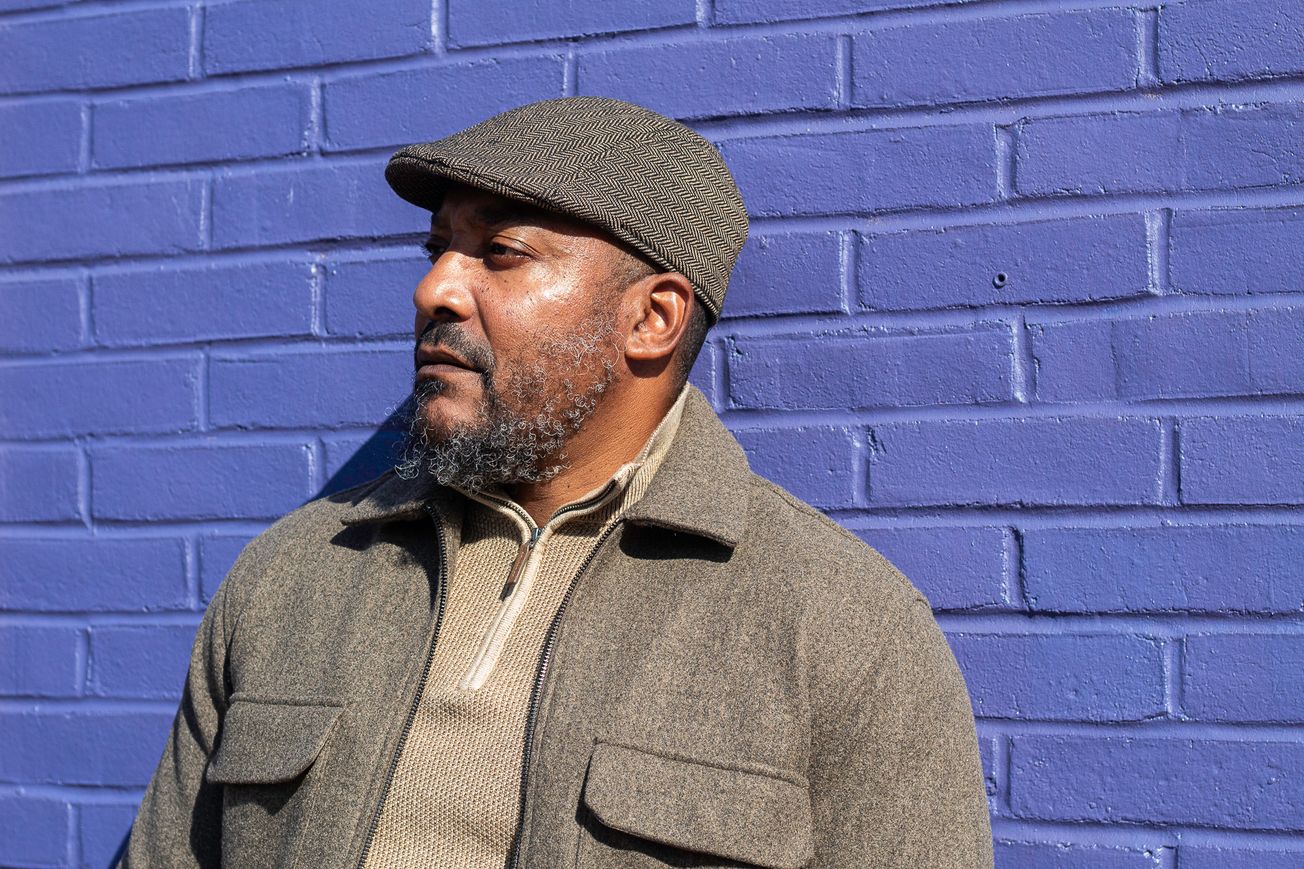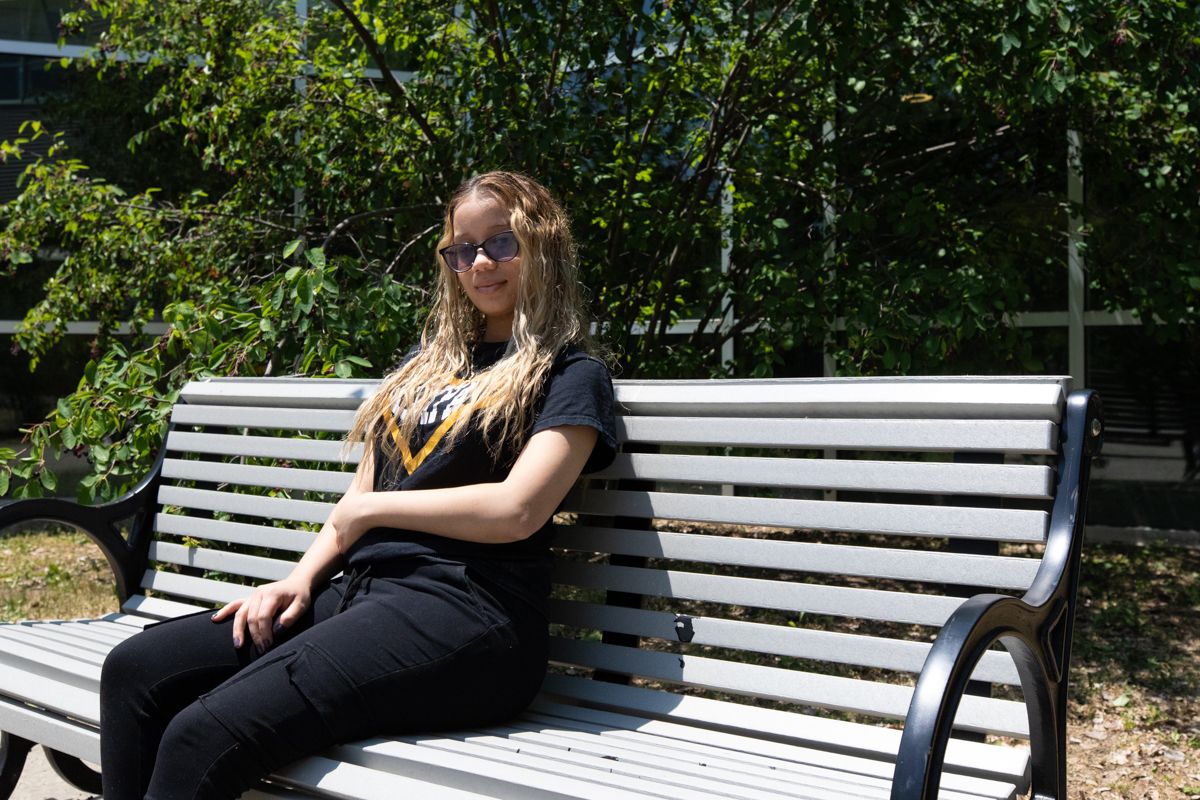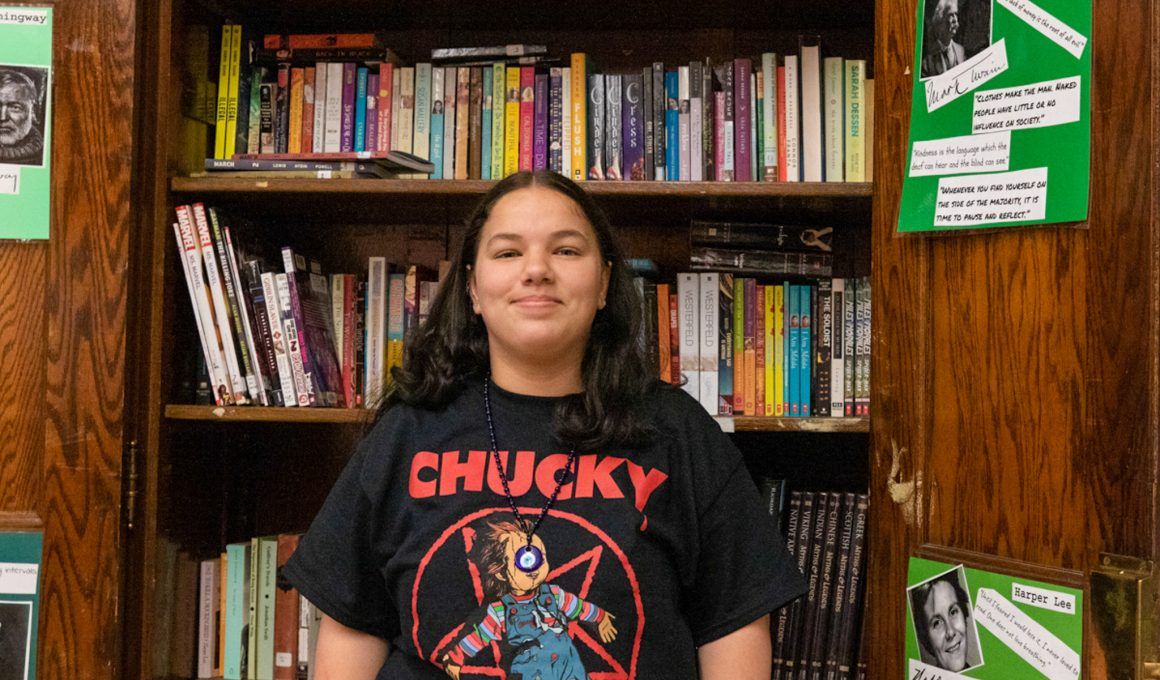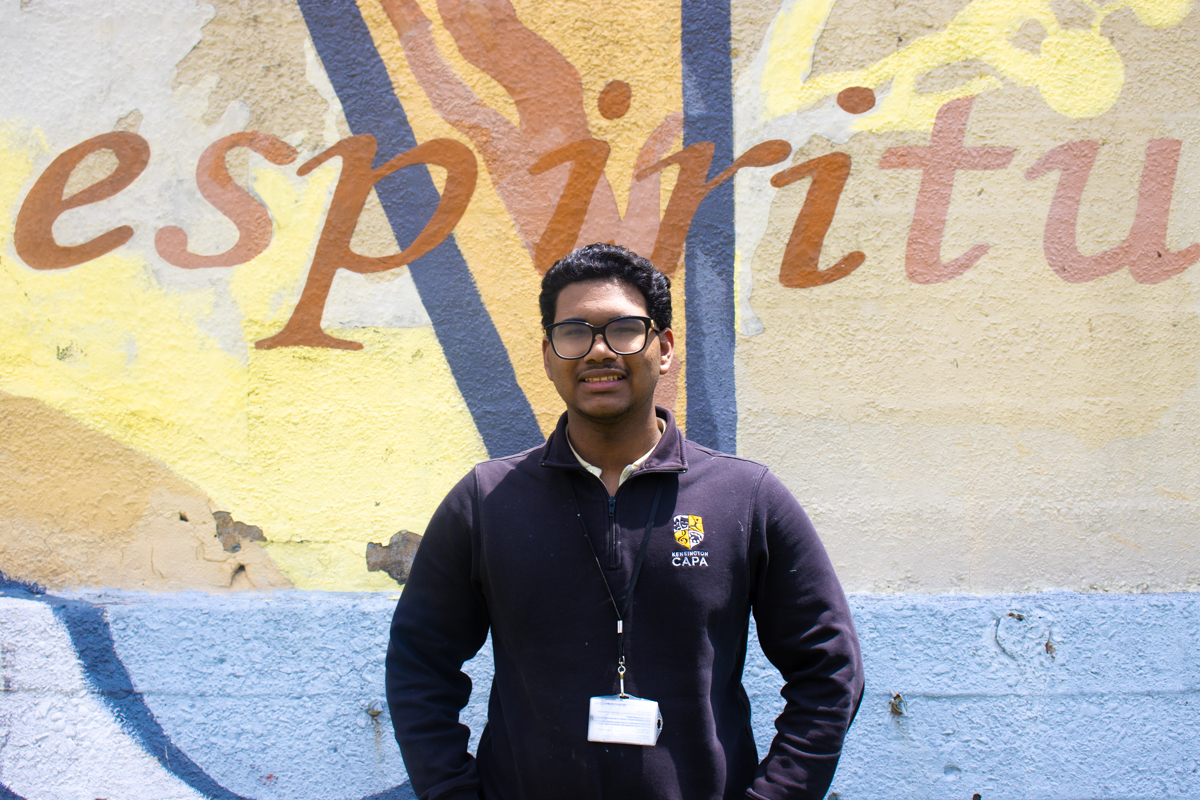I was born on June 5, 1992 in Philadelphia and raised by my mother in a single-family household. I am the youngest of four children. I have two sisters and one brother, and a father who took care of us until my parents had a falling out. Some of the earliest memories I have go back to living in the Passyunk Projects in South Philly. At the time, it was an undesirable place to live in. Neighborhoods clashed due to low-income housing projects invading communities. Gun violence was prevalent, and poverty was knocking at our front doors.
In 1998, my mother purchased her first home in Kensington, which, in hindsight, was a move that would affect us in so many ways. Kensington wasn’t always as diverse as it is now in 2021. In 1998, the neighborhood was predominantly Caucasian, and there was only one other Black family who lived on our street. Upon our arrival, we received awkward stares, negative attitudes, and — dare I say — we experienced racism. The only way to cope with these things was to go to school and to play sports, specifically football.
After transferring from F. Amedee Bregy School in South Philly, my siblings and I attended John H. Webster School in Kensington. Webster gave us an academically sound education, at the cost of being bullied by other children. I remember being jumped, spat on, called names, and accused of things that I didn’t do — which led to multiple suspensions. I was held back and had to repeat second grade. Dealing with my not-so-welcoming classmates put a strain on my ability to focus.
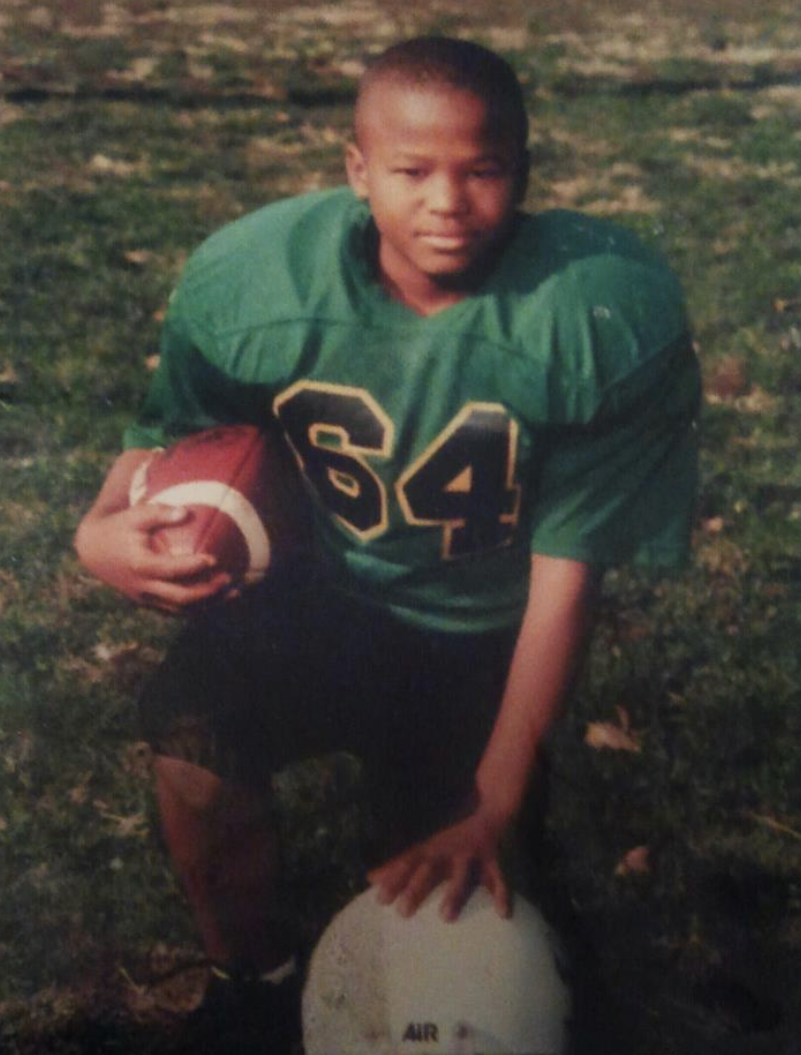
It was a tough time, but it was where I learned to be resilient and fight back. Taking a stand for myself not only stopped the bullying but allowed me to focus more academically. I carried that same spirit into playing football for the Port Richmond Leprechauns in 1999 and it helped me to become a better player. School and football became my one-two punch to all the surrounding violence and turmoil in Kensington. Being resilient and standing up for myself would help me through attending John Paul Jones Junior High School (now Memphis Street Academy) which was another tough Kensington school.
By the time I enrolled in Mastbaum High School in 2009, I had an idea of the person I wanted to be toward others and how I wanted to live my life. The bullying and teasing had completely stopped and, as a young Black male, I faced new challenges, like how I was going to survive after high school. From watching others, I had seen Kensington become a place where if you made the wrong moves or went down the wrong path, you could fall into a deep, dark abyss.
I believe that the fear of becoming what I grew up observing in Kensington played a big role in how I approached my time at Mastbaum. I was just a kid then, but I still remember being focused academically and focused on the football field in hopes of receiving a sports scholarship. It was quite hard to excel at either because the school was so underfunded. Teachers didn’t have the necessary tools to do their job effectively, and most teachers came to work, not out of dedication to their students or a passion for the job, but to collect a check. I made the effort to create good relationships with teachers who could become mentors to me throughout my high school journey
In sports, it was hard to get ahead and be successful. Mastbaum didn’t have the luxury or funds to provide enough equipment, which affected our development. For the football team, there wasn’t a home field to practice on, so we practiced in the basement of the school. Teachers filled head coach positions, which they were unqualified for, because of the lack of funding. Our coaches didn’t know how to properly evaluate talent or game-plan strategically enough for us to win even half of our games. A collaboration of these issues such as the lack of funding and unqualified coaches helped me to focus more academically even though I loved the game.
When it came time to graduate from Mastbaum in June 2011, I had accepted an offer to attend Penn State with an academic scholarship. I believe the constant friendly competition between fellow students who also understood that they didn’t want to be a product of their environment lit a spark in me. We came together like no other class has ever done and understood the magnitude of life after high school. It kept me resilient throughout all the obstacles Mastbaum and Kensington threw at me.
I made the most of my time at Penn State. College opened up my perspective. I’ve met so many different people from different cultures and countries, and I found myself being introduced to more than Kensington by being around people who allowed me to observe other environments. Turns out, I wanted more out of life. I’ve experienced enough bullying and teenage years full of disappointment to know that I deserve more. I realized early on that the only person who was going to get more for me was myself.
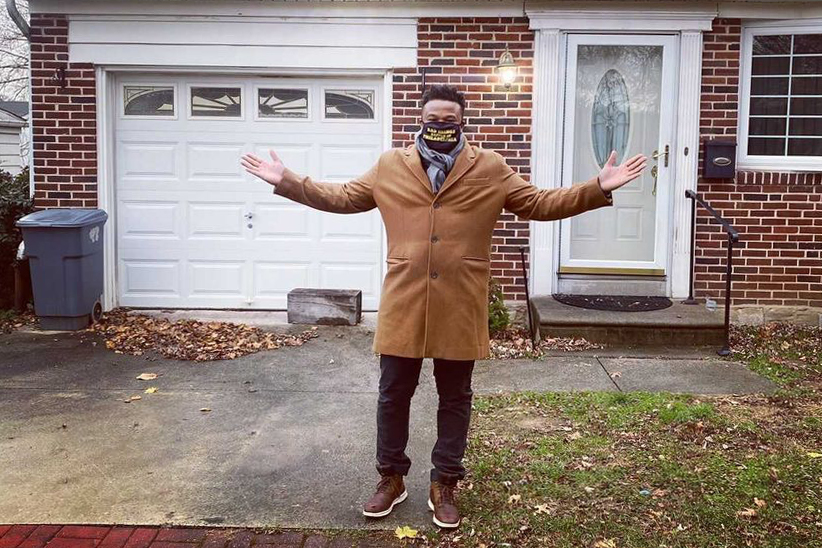
After leaving Penn State and jumping from job to job, I decided to bet on myself and embark on a new career as a realtor. In my role, I get to be my own person while creating and doing business the way I see fit. I don’t let others walk over me or let situations define me. If any obstacles come my way, I know that I am resilient enough to bounce back and avoid them entirely. These days, I look forward to making high gross commissionable income and to be able to create a lucrative investment portfolio.
The ultimate goal for me now is preservation and longevity. I want to be comfortable while living a long, prosperous life. In a way, schools like Mastbaum were everything I needed along my journey in life. It played a huge role in my development and who I am today. I found a sense of peace in accepting that these schools weren’t the best. That same acceptance was the spark I needed to push me to where I am today.
Editors: Solmaira Valerio, Zari Tarazona, Siani Colón / Designer: Jillian Bauer-Reese


